Tonight's marathon is almost like a karaoke session, except it's not music but rather a playback of all the great classic monster films of the early 20th century from the eras of the 1930's to the 1950's. Many of these iconic monsters in the genre of horror have gone on to spawn numerous remakes, adaptations, and have their literature taught in High Schools as a form of required reading like Frankenstein. These faces and the people behind the creation of their respective films have helped mold the monster genre of movies into the powerful form of art and filmmaking that it is today. Many filmmakers continue to draw direct inspirations from these films for future storylines. For tonight's glorious marathon, we have on the following menu:
Dracula 1931, Frankenstein 1931, The Mummy 1932, The Invisible Man 1932, The Wolf Man 1941, and The Creature From The Black Lagoon 1954
Dracula 1931, Frankenstein 1931, The Mummy 1932, The Invisible Man 1932, The Wolf Man 1941, and The Creature From The Black Lagoon 1954
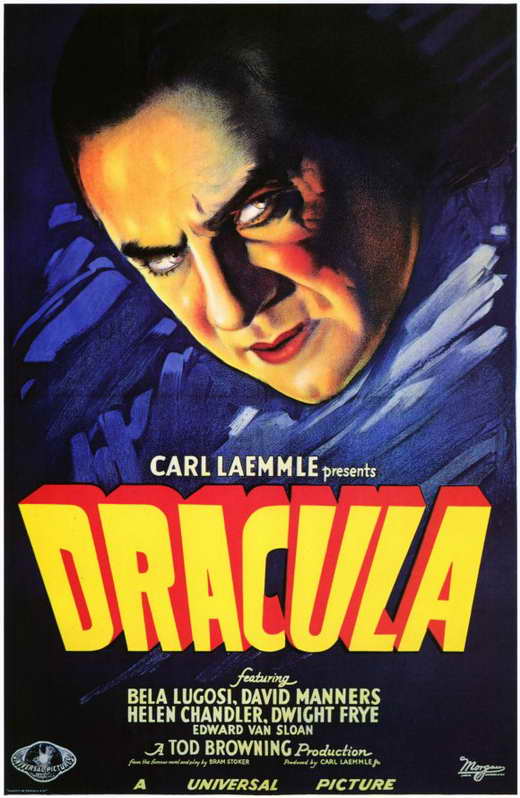
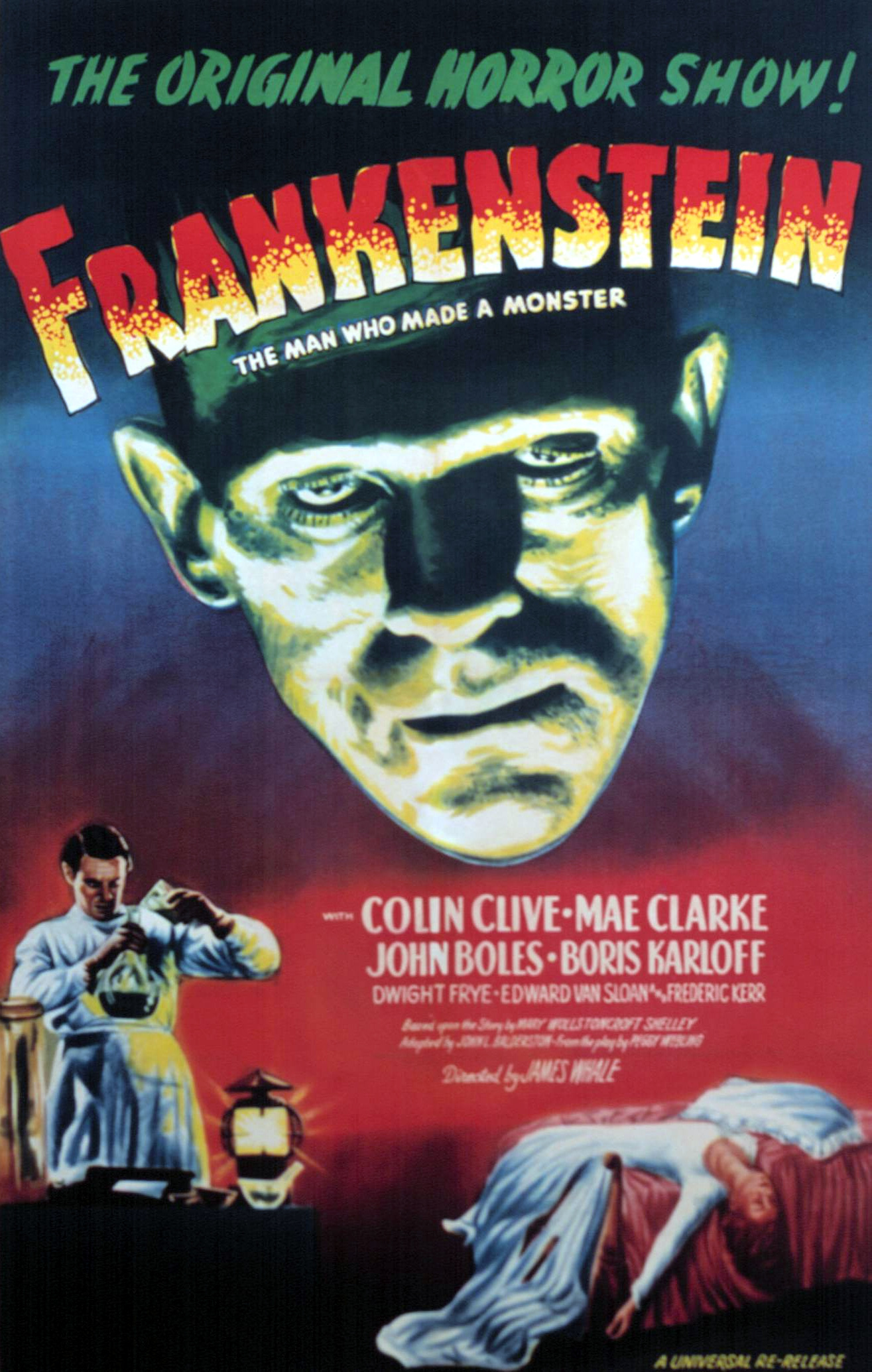
Now this is a fun setup of monsters and faces that once they appeared would forever become engraved in movie history for generations to come. From 1931 to 1954, monster movies came out endlessly that became a stamp on the horror movie and science fiction genres. The trend Universal Horror, was a series of horror, thriller, and science fictions that began in 1923 and lasted until 1960 starting with films like Hunchback Of Notre Dame and The Phantom Of The Opera as being released as silent films then began with talkie films such as Dracula, Frankenstein, The Mummy, The Invisible Man, The Wolf Man, and Creature From The Black Lagoon. The three main actors who were used throughout these movies were Bela Lugosi, Boris Karloff, and Lon Chaney, Jr.
The first movie of the evening is the 1931 horror movie classic titled Dracula starring Bela Lugosi and Helen Chandler. The story centers around the arrival of an ancient vampire named Count Dracula in England and his attempts to pray upon a beautiful young woman named Mina. Based on both the 1924 stage play and Bram Stokers novel, Dracula became a box office sensation much to the surprise of nervous studio executives, selling 50,000 tickets within it's first 48 hours and helping to place Universal as the pioneer of early horror cinema. The film eventually became the top grossing film of 1931 making $700,000 in profit.
The second movie of the marathon opened to even greater acclaim with Boris Karloffs 1931 movie Frankenstein centering around an obsessed scientist successfully assembling a living being from body parts of exhumed corpses. Although his attempt to bring the dead back to life and make them walk succeeds, he also creates a monster that has to deal with being alive again and feared by society. When the monster kills a little girl in his innocence, the villagers round up to destroy the creation known as Frankenstein. The film inevitably was a huge success and outdid the performance of Dracula within the same year. It consistently finds its way onto the greatest movies of all time list namely AFI's 100 movies and 100 thrills.
The third movie of the marathon is Frankenstein's actor Boris Karloffs The Mummy made a year after the success of both Dracula and Frankenstein. The story for Boris The Mummy focuses on a living mummy that stalks a woman who be believes is the reincarnation of his past lover. Much like the previous films, it was a huge success at the box office, particularly in England and spawned numerous remakes and sequels like the 1999 blockbuster directed by Stephen Sommers and starred Brendan Fraser in the title role.
The fourth movie of the marathon is The Invisible Man starring Claude Rains and Gloria Stuart. The story centers around a scientist finding a way of becoming invisible but as he does so, he also begins to lose his mind and become insane. The film ended up becoming the most popular monster film since Frankenstein upon it's release, and spawned a number of sequels and spinoffs that almost had nothing to do with the H.G Welles novel based film but reused the concept of The Invisible Man.
The fifth movie of the marathon is The Wolf Man starring The Invisible Man actor Claude Rains and centers around an individuals return to their homeland where they are attracted by a Werewolf creature of forklore. He later finds out that he's been infected with a disease that his mind says doesn't exist but ends up transforming himself into the Wolf Man. A gypsy woman tells him that he will transform into a Werewolf every full moon but will also be hunted by his own father whom he confided in about the Werewolf attack and seeks to hunt for the animal as revenge. The Wolf Man
placed the character on the list of AFI's top 100 villains next to The Invisible Man, and spawned four Wolf Man sequels with Lon Chaney Jr. reprising his role in all four of them including Frankenstein Meets The Wolf Man.
The sixth and final movie of the marathon is The Creature From The Black Lagoon starring Richard Carlson. The story centers around a prehistoric beast that lurks in the depths of the Amazonian jungle with a group of scientists having the intent of capturing and taking the animal back to civilization for studying. A little fun piece of trivia is the makeup of the creature being modeled after the likeness of the Oscar statue, a piece of figurine given out during the ceremonies hosted by the academy of motion picture arts and sciences. Much like the other films in the marathon, Creature From The Black Lagoon was shot in 3-D, and was a huge success leaving a lasting impact on media and pop culture before and after it's release. The combination of these six monsters have all left a huge impact on movie history and inspired many great filmmakers that came along generations later.
So what are these movies all trying to say when you put them together in a marathon. The message is that monsters and creatures can emerge that can either be misunderstood or do great harm to society. These six monsters have forever changed movie history with the groundbreaking special effects, makeup, music, and cinematography that accommodated them. Imagination can be a powerful tool in filmmaking and if done right can become a game changer. Real monsters will leave an everlasting impact on the people they scare in the films and audiences for generations to come.
placed the character on the list of AFI's top 100 villains next to The Invisible Man, and spawned four Wolf Man sequels with Lon Chaney Jr. reprising his role in all four of them including Frankenstein Meets The Wolf Man.
The sixth and final movie of the marathon is The Creature From The Black Lagoon starring Richard Carlson. The story centers around a prehistoric beast that lurks in the depths of the Amazonian jungle with a group of scientists having the intent of capturing and taking the animal back to civilization for studying. A little fun piece of trivia is the makeup of the creature being modeled after the likeness of the Oscar statue, a piece of figurine given out during the ceremonies hosted by the academy of motion picture arts and sciences. Much like the other films in the marathon, Creature From The Black Lagoon was shot in 3-D, and was a huge success leaving a lasting impact on media and pop culture before and after it's release. The combination of these six monsters have all left a huge impact on movie history and inspired many great filmmakers that came along generations later.
So what are these movies all trying to say when you put them together in a marathon. The message is that monsters and creatures can emerge that can either be misunderstood or do great harm to society. These six monsters have forever changed movie history with the groundbreaking special effects, makeup, music, and cinematography that accommodated them. Imagination can be a powerful tool in filmmaking and if done right can become a game changer. Real monsters will leave an everlasting impact on the people they scare in the films and audiences for generations to come.
Our classic monsters for this evening:




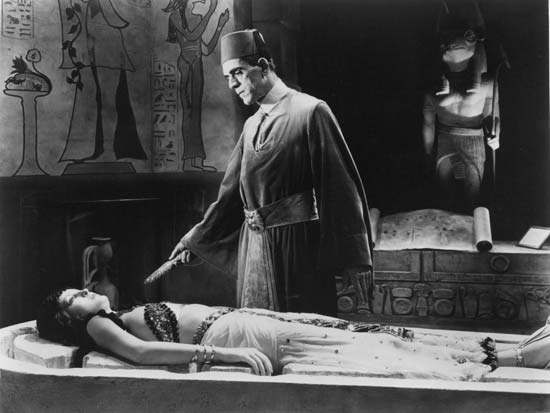





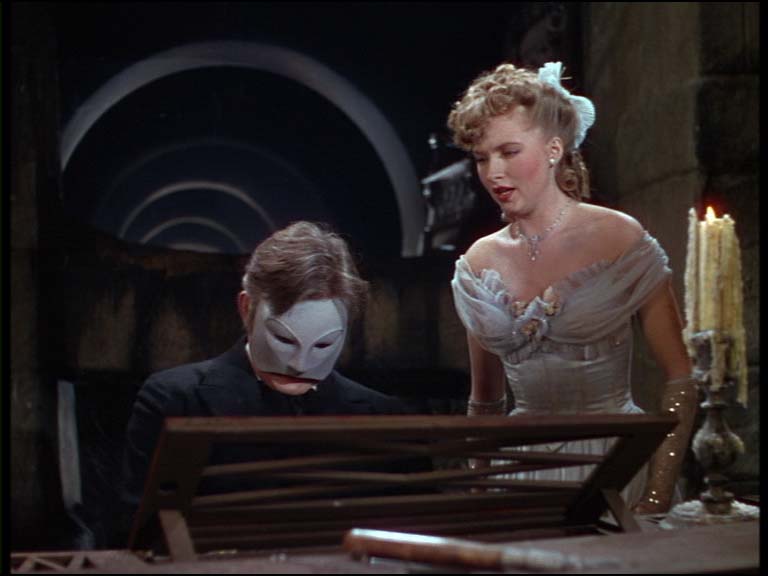




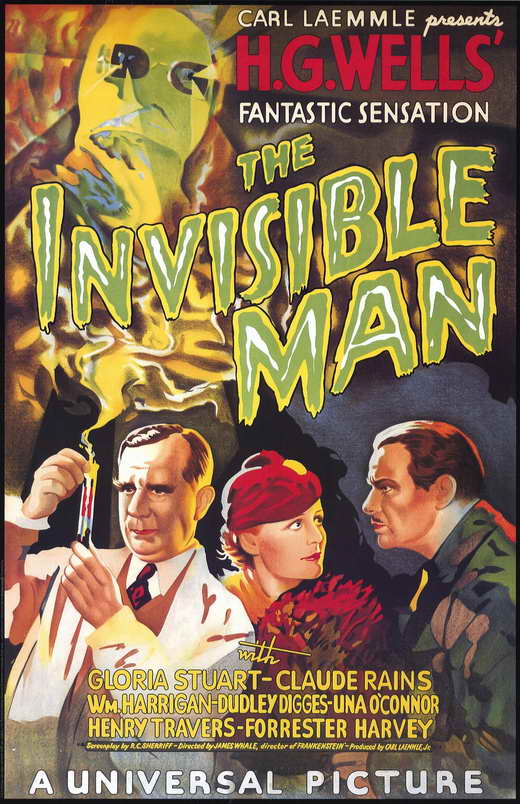
No comments:
Post a Comment